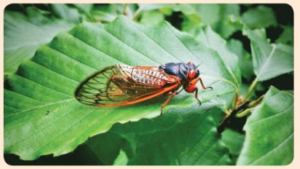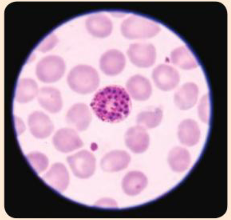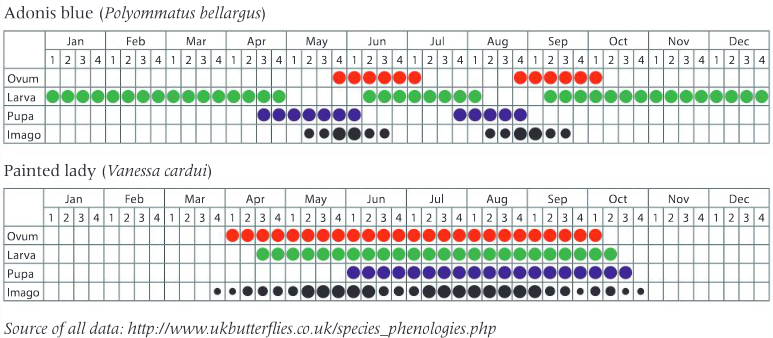IB myp 4-5 Biology – Practice Questions- All Topics
Topic :Evolution-Life Cycles
Topic :Evolution– Weightage : 21 %
All Questions for Topic : Life Cycles,Natural Selection,Cell division,Mitosis,Meiosis,Reproduction,Biodiversity,Inheritance and variation,DNA and genetics
Question:
What patterns are there in the timing of life cycles?
Patterns do not only exist in the distribution of variables in space, but also over time. Consider the examples shown here and in each case discuss what the advantages of the pattern shown in the timing of the life cycle.

The population of the insect Magicicada tredecim varies over time. Mature adults, known as cicadas, are consistently present in habitats in low numbers, however, every 13 or 17 years a population explosion occurs.

Red crabs (Gecarcoidea natalis) live in large numbers in the forests of Christmas Island. Males and females migrate to the coast and mate. All females release their fertilised eggs into the water at the turn of the high tide during the last quarter of the moon, in November or December.

The parasites that cause malaria have a very short life cycle. They invade red blood cells, reproduce inside them and then burst out and invade other red blood cells. This gives rise to a pattern in the symptoms of malaria with a cycle of coldness and shivering then fever and sweating that takes two days if the malaria is caused by Plasmodium vivax or three days if Plasmodium malariae is he cause.
▶️Answer/Explanation
Ans: Magicicada reduces predation by synchronously emerging every 13 or 17 years; because too many emerge for predators to consume; predators cannot rely on Magicicada as a source of food because it is too infrequent; 13/17 is a prime number so predators with a 2/3/4/5 year cycle will not always coincide with Magicicada emergence.
Gecarcoidea: too many eggs released for predators to eat; many therefore survive; males can shed their sperm when eggs are in the water; increasing the chance of fertilization.
Plasmodium: tertian and quartan fevers; parasite might benefit from synchronizing its life cycle with the human 24–hour circadian rhythm; fevers usually occur in the evening; Anopheles mosquitos tend to bite and suck out blood in the evening; Plasmodium (gameto– cytes) are sucked out with the blood; gametocytes may emerge into the blood in the evening; to maximize chances of dispersal; at the same time causing evening fevers; Plasmodium vivax might be reproduced faster than Plasmodium malariae hence 2/3 day cycles; immune system might not control the parasite as effectively if it remains inside body cells apart from brief periods every 2nd/3rd day; so Plasmodium synch– ronizes its emergence; overwhelming the capacity of the immune system; cause of tertian and quartan fevers not known even after 100 years of research.


Question:
Describe the life cycle of the Brimstone butterfly, including the timing of stages in the cycle.
▶️Answer/Explanation
Ans: Adults survive through the winter; mate and lay eggs in May/June/early summer; larvae hatch and grow in June/July/mid–summer; pupation in late July/early August; adults emerge from pupae in August.